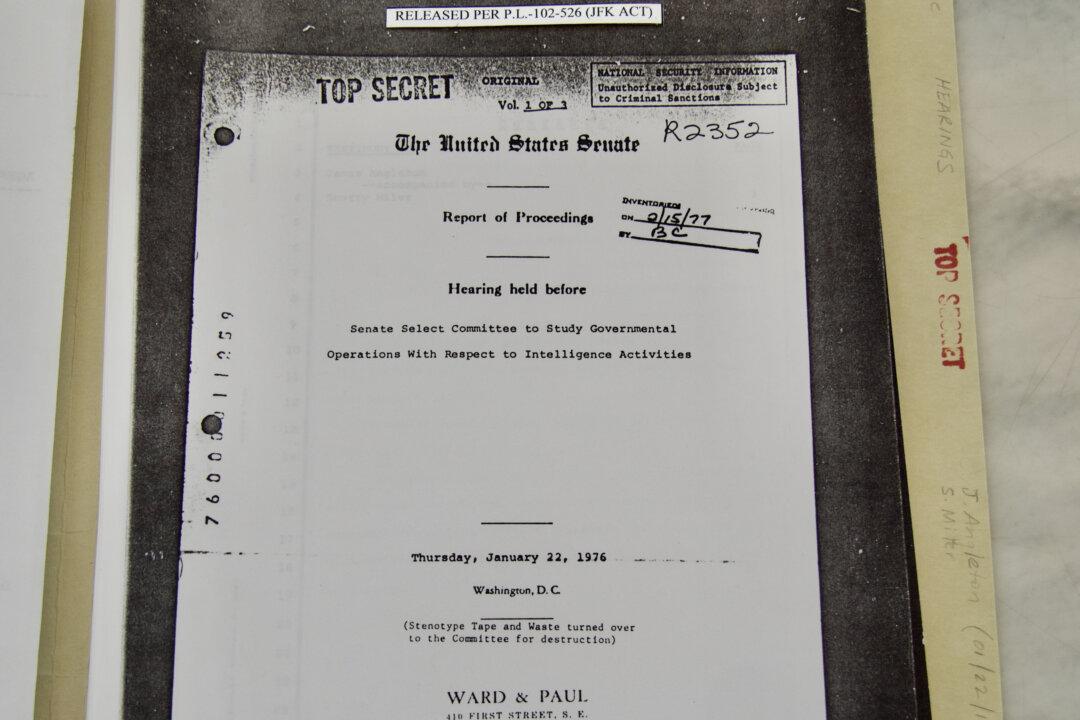The Huntington Beach City Council March 21 approved a proposal, in conjunction with the state’s Division of Boating and Waterways, to begin a long-overdue sand replenishing project stretching from Anaheim Bay Harbor to Newport Bay in Orange County.
The work—known as the Orange County Beach Erosion Control Project—includes replenishing Surfside-Sunset Beach with 1.75 million cubic yards of sand and 100,000 cubic yards for the city of Newport Beach.
Most of the sand will be deposited on Surfside Beach, according to Huntington Beach officials, and waves and currents will disperse it up to 12 miles, stretching down to the southern edge of Newport Beach.
The cost of the refurbishment is $23.1 million. The federal government will pay 67 percent of that—or $15.5 million—followed by nearly $7 million from the Division of Boating and Waterways, which is part of California State Parks.
Huntington Beach will pay just over $400,000, followed by Newport Beach at around $200,000, the Surfside Colony Storm Water Protection District at about $50,000, and the county of Orange, a little over $13,000.

U.S. Congresswoman Michelle Steel took a lead role with the replenishment project legislation, when she represented the district.
“For more than a decade I’ve worked with local stakeholders to ensure our beaches are healthy and our residents are protected, and I’m thrilled that this overdue project will finally have the funding to be completed,” she said in a statement March 2022 when federal support was secured.
The erosion issues at Southern California beaches trace back to federal projects that began in the 1940s, according to Steel. Anaheim Bay was widened to support military development, with breakwaters and jetties constructed to boost the U.S. Pacific Fleet.
Flood control operations built by the U.S. Army Corps of Engineers to protect Los Angeles and Long Beach harbors exacerbated the problem by narrowing beaches along the coast.
Efforts to mitigate the damage began in 1964 after Congress passed the Rivers and Harbors Act in 1962, but since then replenishment efforts have been inconsistent.
They are supposed to occur every five to seven years, but none have been done since 2010 due to a lack of federal funding.

“The city council has been pushing hard for this since 2015,” said Huntington Beach Councilman Casey McKeon.
He told The Epoch Times that the Army Corps of Engineers recommended prior funding, but it repeatedly failed to pass the congressional infrastructure committee.
Storms and pounding waves have taken a toll on Orange County beaches this winter.
The California Department of Parks and Recreation said in a release March 27, that recent storms “have been one of the most challenging and impactful in the past few decades.”
A combination of waves and high tides overwhelmed beaches and parking lots at state parks throughout Orange County, and crews are working to assess the damage and begin reconstruction at affected locations.
It is expected to take several weeks to repair facilities before the grounds will be reopened to the public, according to a spokesperson with the Bolsa Chica State Park.
Bolsa Chica, just north of Huntington Beach, was hammered by storms bringing six inches of rain in February, with the downpour damaging roads and parking lots. The park is approximately 70 percent open to the public, a representative told The Epoch Times March 28.

The beaches in Crystal Cove in Laguna Beach remain accessible, but the wilderness trails are closed due to standing water and washouts, according to a state park spokesperson.
Record-breaking rainfall is 180-200 percent above normal for most of Southern California, and after 12 atmospheric rivers since December, beaches have been impacted by persistent downpours.
Huntington Beach also experienced severe flooding in January, as ocean waves crested the Pacific Coast Highway and forced a series of road closures.
That sand replenishment has not occurred since 2010 likely played a role in the damage caused by waves taking over the highway, according to Jim Merid, environmental services manager for the city of Huntington Beach Public Works Department.
“By visual observation, we’ve probably lost a third to a half of the beach sand since the last re-nourishment,” Merid told The Epoch Times March 28. “If we had the sand nourishment, it would have mitigated or prevented the [Pacific Coast Highway] damage.”
“Damage to the road will bear substantial cost that could have been saved if the federal government abided by the Rivers and Harbors Act,” McKeon said.
The sand replenishment is planned to start in the fall of 2024 and be completed by February 2025.





